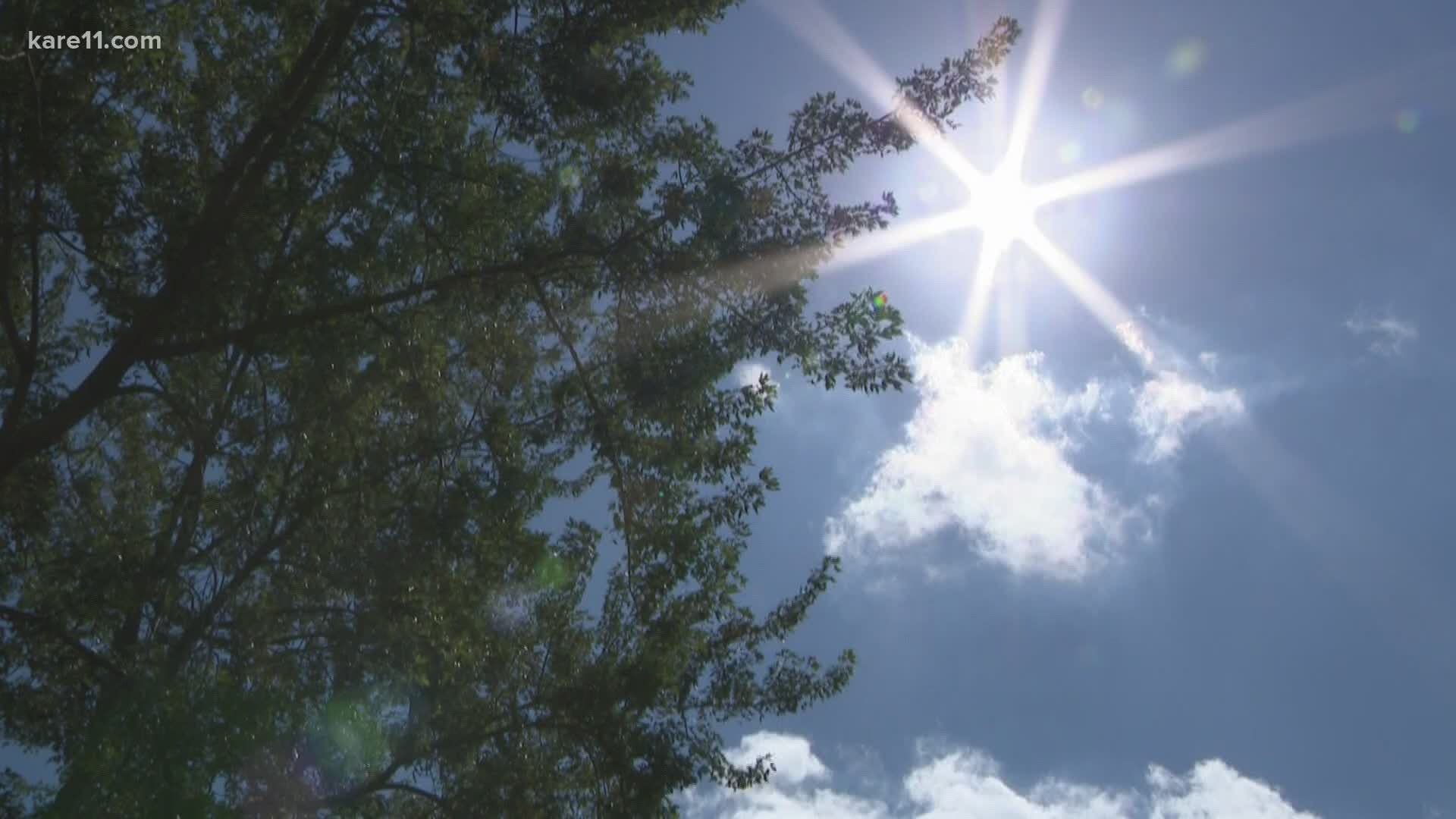If you have a garden, then you've probably already noticed that the plants love this heat, but us humans, especially in Minnesota, don't do very well in this heat.
It’s a dilemma for those of us who have been stuck inside for several months, who desperately want to be outside in the fresh air.
Naturally, some Minnesotans, myself included, have pushed themselves too hard in this heat.
Doctors have seen many reports of heat exhaustion and heat stroke so far this summer, but the symptoms for both heat-related illnesses are often confused with the symptoms of COVID-19.
Even emergency room doctors like Haylee Veazey at Hennepin Healthcare can have a tough time telling the difference.
"That's a struggle that we're having is knowing that almost anything could be COVID-19," Dr. Veazey says.
Nearly every symptom of heat exhaustion and heat stroke, such as muscle aches, light-headedness, nausea, dizziness, and fever, are symptoms you might also experience if you have COVID-19.
"The things that would be very unique to heat exhaustion would be if somebody is very bright red and not sweating and that would not be typical of a coronavirus infection,” Dr. Veazey says.
And while the heat can affect us in many ways, Dr. Veazey says excessive heat won't typically cause respiratory issues like a dry cough; that would be something else, possibly COVID-19.
"The thing that people should know is that if you have any doubt and you need to know if you have COVID or not, you should just get tested," Dr. Veazey says.
Most cases of heat exhaustion are relatively mild and you can treat it at home, but Dr. Veazey says heat stroke is much more serious.
If you have a temp of 103 degrees or higher, light-headedness, confusion, or dizziness, you might be closer to heat stroke and should probably go to the hospital.
"We anticipate seeing more people coming in with heat related illness in the coming days,” Dr. Veazey says. “And at the same time we have to keep COVID on the back of our minds.”

